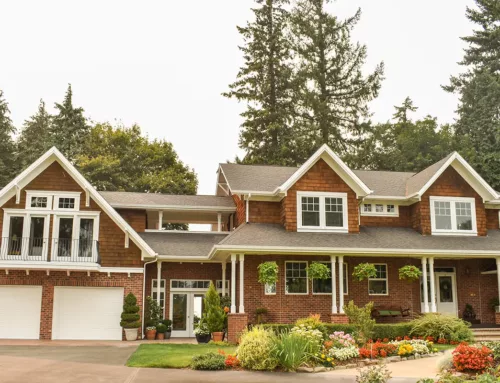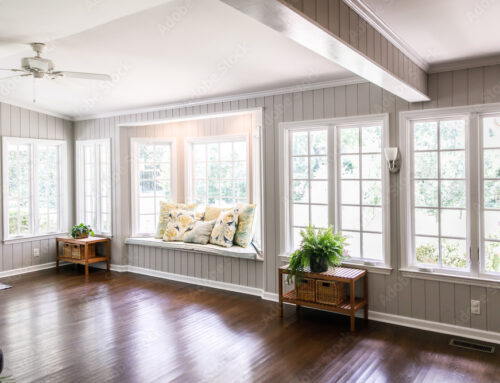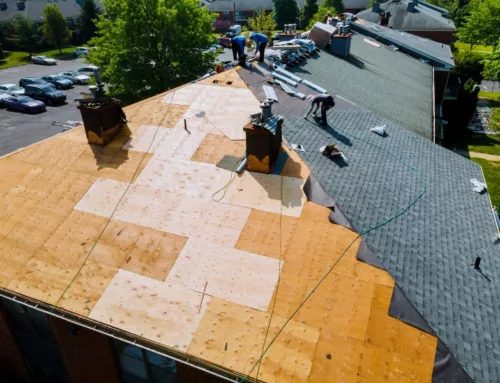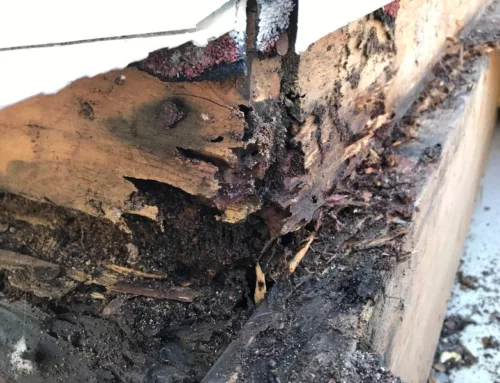Table of Contents
Vertical Siding VS Horizontal Siding & Their Common Issues
Vertical Siding VS Horizontal Siding & Their Common Issues
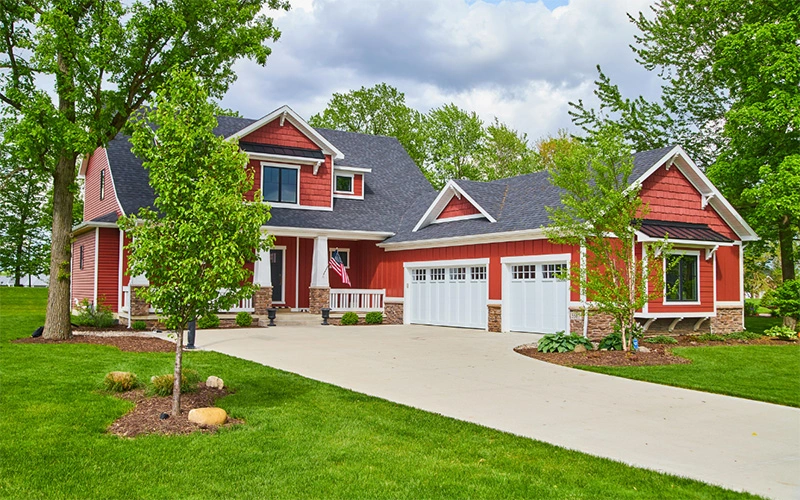
Are you having a hard time deciding between vertical and horizontal siding? Both are good choices, but they also both come with their share of ups and downs. Let’s dive straight into decision making so you can choose the best option for your home.
How To Decide Between Vertical and Horizontal Siding
Re-siding your home is a massive project, but since most people hope to only do it once, it’s important to get it right the first time. After choosing what material and color siding you want on your house, you also need to know how to decide between vertical and horizontal siding.
Vertical Siding
It is not every day that you see a home with vertical siding because this style was typically used on commercial buildings and barns before making its way to houses. For two main reasons, it is not easy to install vertical siding on a home, and therefore, costs more to do so. Regardless, this style still has several advantages to consider.
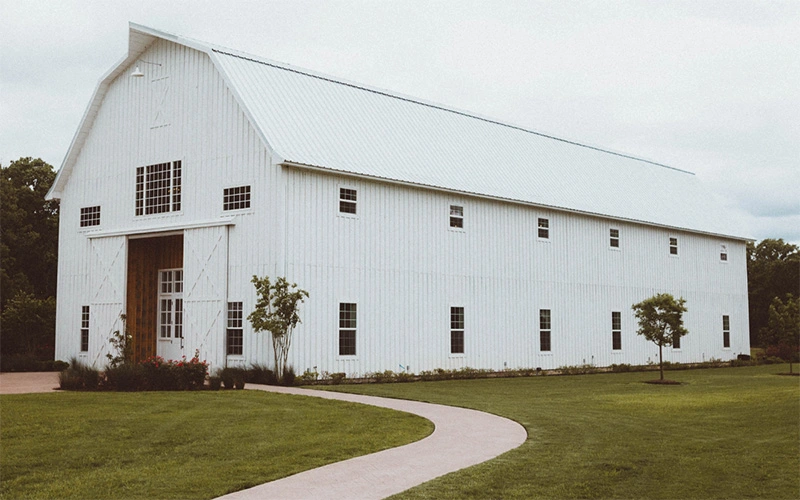
Valuable
Since vertical siding costs more to install and is more rare to find, it drives the value of a home upwards. Initially this is a good thing, but beware that sometimes the price tag of a home with vertical siding can drive buyers away unless other selling factors are considered. If you’re looking to sell your home, make sure to consider other sell points that can influence a buyer’s decision, such as location, space, age and condition (Gomez), and other upgrades and updates such as new trim, windows, or doors.
Easy To Clean
Due to the design of vertical siding, it is easier to clean than horizontal siding. This can save time and money (Watson) in the long run. Vertical siding can easily be cleaned with a store bought siding cleaner and a strong hose or pressure washer.
Pro tip: Depending on the type of material you choose for your siding, there are different types of homemade treatments you can use as well. Using a mix of 70% water and 30% white vinegar (Parker) is a popular solution for cleaning siding.
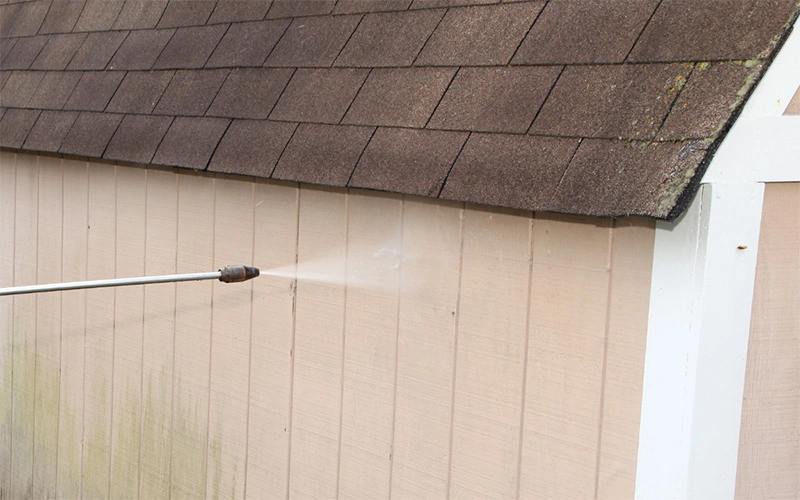
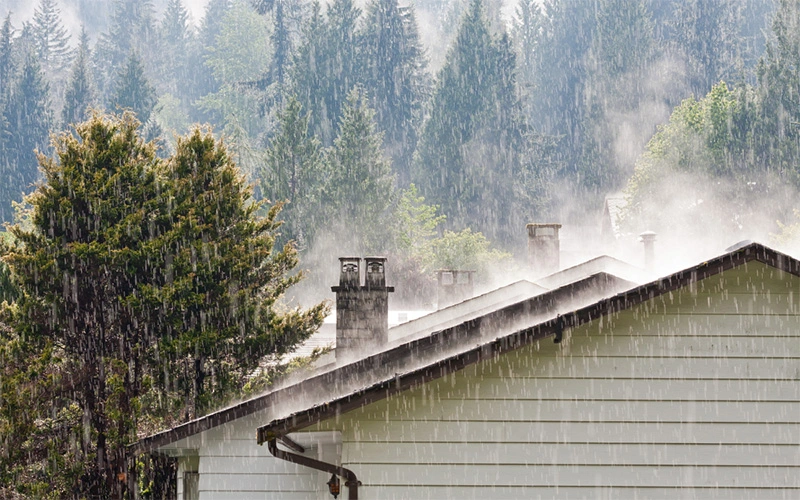
Durable
Vertical siding is not as prone to water damage as horizontal siding. Due to the laying direction of vertical siding, rainwater is able to run down toward the ground instead of getting caught in the grooves. This prevents water from entering the panels and causing water damage (“Horizontal vs. Vertical Siding: Which Is Better?”). This durability factor is part of why vertical siding is more expensive than horizontal siding. Horizontal siding has places for water to get caught. When water sits in these panels or seeps below them, it can cause significant water damage, including types of rot that can damage the structure of a home.
Pro Tip: Keep gutters clean and unclogged by installing gutter guards/covers (Vila) to prevent excessive buildup and potential siding damage.
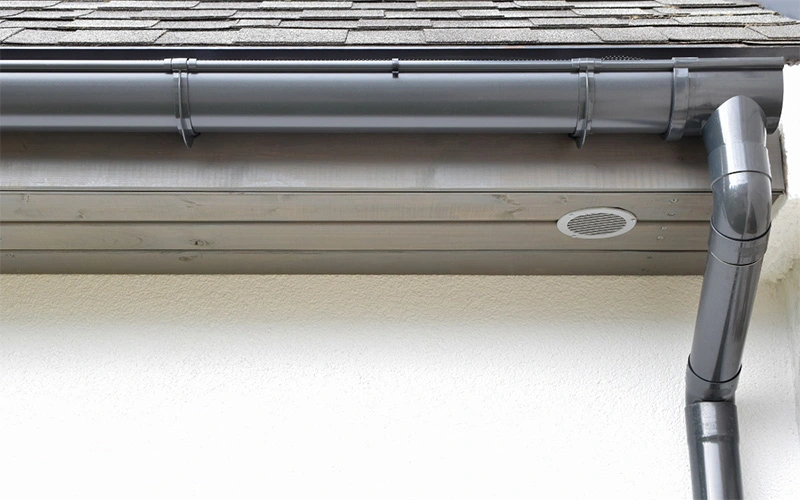
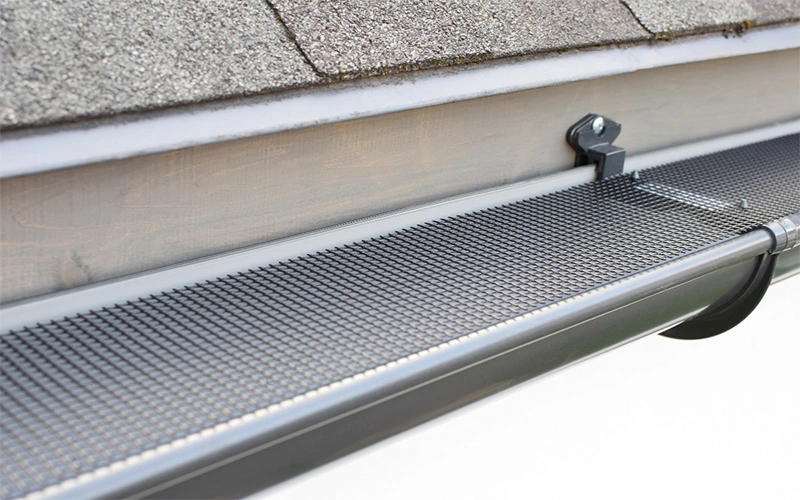
Unique Aesthetic
Though it is not traditional, vertical siding is unique and unconventional. Especially if you use the right type of siding material. Vertical siding is a more modern option. It gives houses an updated look while still preserving that “home sweet home” charm. Vertical siding is a common style seen on farmhouses or barn-style homes (“7 Farmhouse Siding Ideas for a Modern Rustic Style”), which has been a popular design for homes in most of America.
Pro Tip: You could also opt to use both vertical and horizontal siding styles for a mix of textures. Just be sure your choice satisfies any possible HOA requirements.
Horizontal Siding
Horizontal siding is the most common type of siding style that can be found on both residential and commercial buildings. While it is more vulnerable to rot than vertical siding, the material chosen for the horizontal siding will play a big factor in the overall prevention of damage.
Read our blog on common types of siding materials: Which Siding Material is Best?
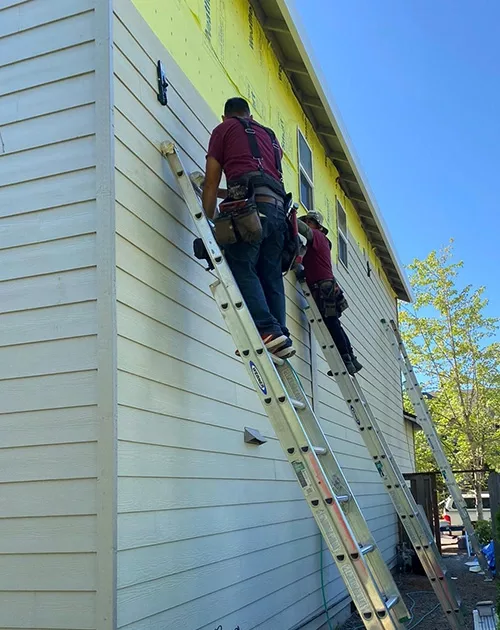
Easy To Install
Horizontal siding is easier to install (“Choosing Between Vertical and Horizontal Siding Installation”). Since vertical siding requires a few extra steps during installation, it’s a more lengthy process. Horizontal siding is also more popular, so contractors typically know how to install it better than vertical siding.
Why does vertical siding take longer to install? Vertical siding requires furring strips (“Furring Strips for Siding: Everything You Need to Know”). These strips smooth out the project surface to give the siding panels an even straight look.
Pro Tip: Be sure to check with your contractor to make sure they offer vertical installation if that is an option you’re considering.
Preferred Aesthetic
Many people prefer the look of horizontal siding because it is more traditional (“Horizontal vs Vertical Siding: Which is the best for your home”). While vertical siding is unique, the next person who considers buying your home may not agree that unique is good. You should consider your property value when choosing the design of your siding to fit your buyer’s interest.
Durable
When it comes to durability, both vertical and horizontal installation are strong options for your home. Horizontal siding is just more susceptible to water damage (“Horizontal vs. Vertical Siding— Which is the Right Look For Your Home?”). When you use a contractor that offers high-quality materials, you can rest assured that your horizontal style siding will withstand most other elements.

Common Siding Problems Regardless Of Siding Styles
Whether you opt for vertical or horizontal siding, it’s important to know the most common siding problems and how to avoid them. If you are a homeowner and forget to inspect the exterior of your house, you leave it vulnerable to extensive damage. Good siding improves your home’s curb appeal and increases its overall value, but it needs to be properly maintained according to the material type.
It is always better to be prepared than to face an unexpected siding expense. The lifespan of siding depends on different variables, such as the region it is in and how well you take care of it. Other factors include exposure to sun, rain, hail, falling tree limbs, bugs, and animals.
Buckling and Warping
Siding materials can sometimes contract and expand. If your siding was adhered too tightly to the side of your house by faulty installation, it may buckle or warp from temperature changes. This problem is most common with vinyl siding because it must be hung with nails. You can prevent this by hiring experienced siding contractors to install your siding correctly the first time. Experienced siding professionals will install your siding so that it will withstand changing temperatures.
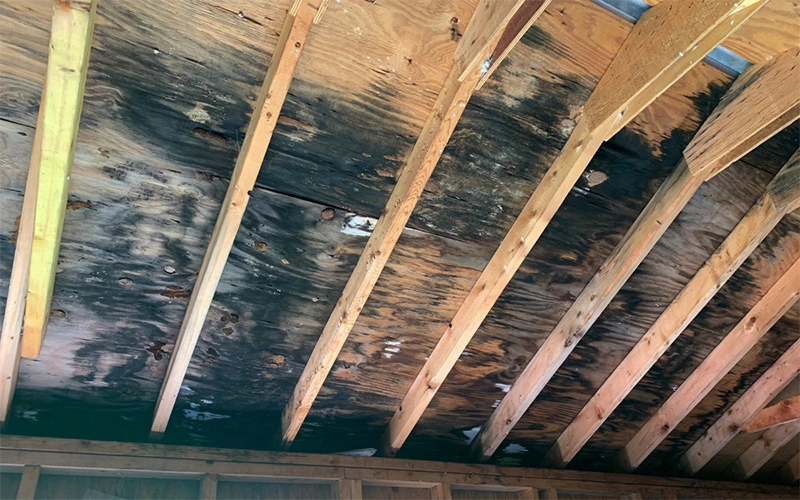
Moisture Damage
Siding is meant to protect your home (“The Importance of Siding on Your Home | Home Solutions Midwest | News and Events for Home Solutions Midwest”) from a variety of elements, including moisture. However, even water resistant materials can become damaged and lead to rot. If moisture damage is detected on siding or on your roof, it should be fixed right away so that it does not lead to further problems like black mold. A damaged portion of your siding can be easily replaced, but leaving water damage for a long period of time could lead to an entire siding renewal project. Inspect your siding regularly and ensure that water from your roof is not pouring down the side of your home by keeping your gutters in working order.
Pro Tip: Black mold is dangerous and can cause serious breathing issues and other health problems (McEvoy and Majgier). Avoid having mold in your home by preventing moisture from building up.
Cracked Siding
Cracks in your siding expose your home to further damage from moisture or pests and should be patched immediately. Vinyl siding is most vulnerable to damage because it is thin. Due to the way it is adhered to houses, vinyl siding is very easily damaged. You can use a patch kit to repair small holes, but larger tears and rips will require a professional team.
Siding can be cracked due to long term stress (“Should You Replace Your Siding? 14 Signs It’s Time”) or by things hitting it such as:
- Hail
- Rocks
- Tree limbs
- Sporting equipment
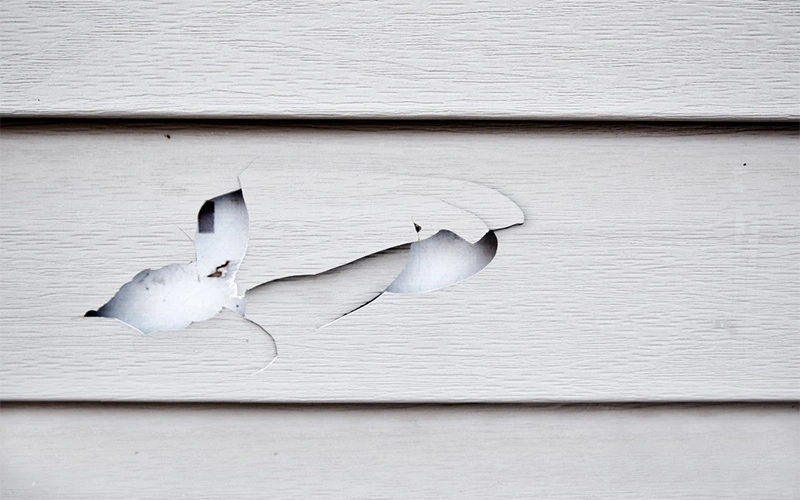
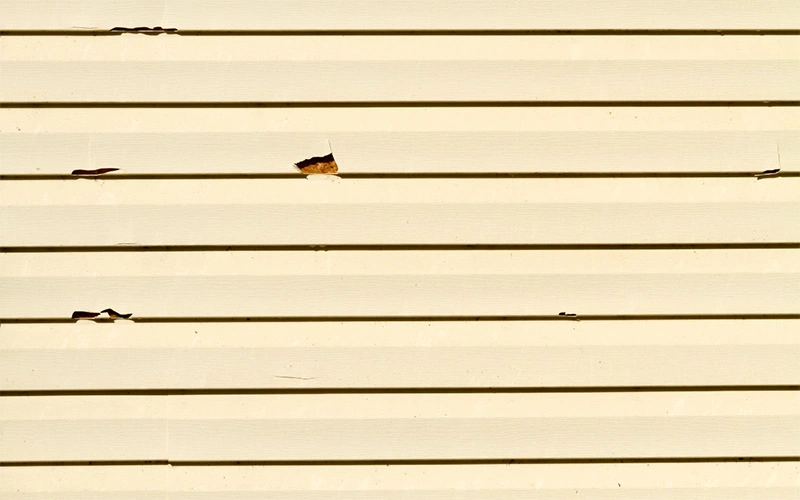
Pest Infestation
If you have a siding pest issue, you might notice bugs or birds swarming around your home. Bugs tunnel through the wood which can make them hard to spot. Birds peck at the siding, which causes open pockets and holes that lead to insulation issues and water to accumulate at a faster pace. These types of infestations can ruin the structure of your home (Skorpil). You can spray insecticides to try and get rid of bugs. Or call an exterminator.
The most common pests that destroy siding include:
- Woodpeckers
- Carpenter bees
- Carpenter ants
- Wasps
- Termites
- Powderpost beetles
Pro Tip: If your siding is prone to pests infestations, you may want to consider installing fiber cement siding. Fiber cement is resistant to all kinds of pests (“The Best Siding to Battle Pest Invasion – Mares & Dow – General Home Contractors”) and won’t be appealing to woodpeckers.
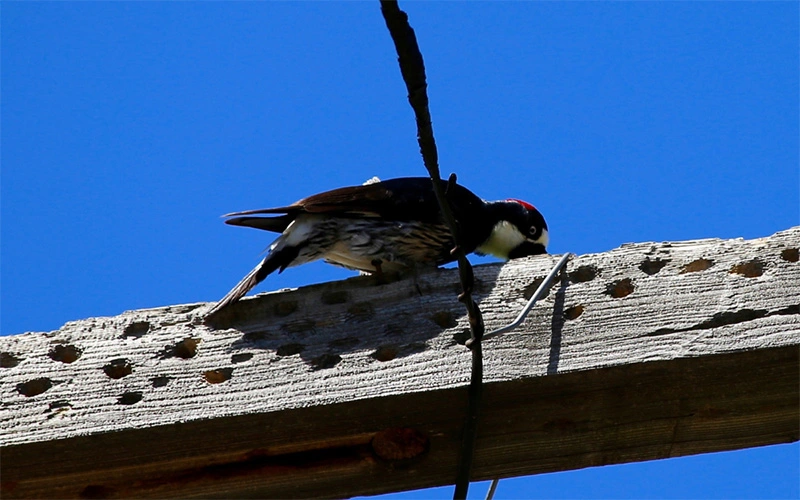
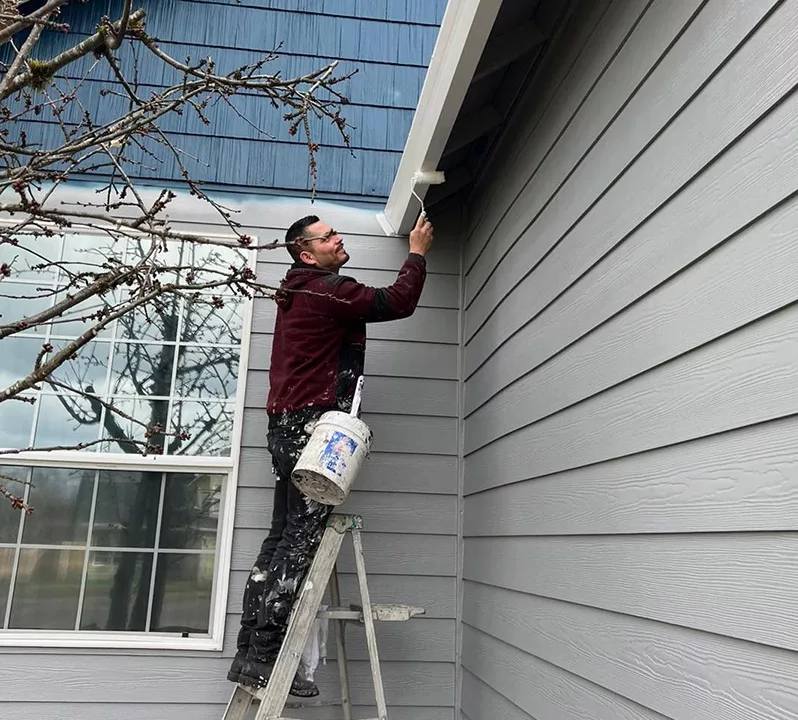
Faded Siding & Chipped/Cracking Paint
Extreme sunlight exposure (“What Causes My Siding to Fade, and How Can I Fix It?”) may fade the color of your siding and cause old paint to chip. Faded siding and bad paint decreases the curb appeal of your home, and also decreases the value of your property. Too much sun exposure could eventually cause your siding to crack and require a replacement at an inopportune time. Even fade-resistant siding can fade overtime with enough UV exposure. If your siding is faded, it is probably too old and may need an upgrade to continue functioning properly. Schedule a replacement with a professional contractor at a time that is convenient for you, or schedule a paint job for a brand new look!
Pro Tip: The best time of year to replace your house’s siding or get your home newly painted is spring, summer and fall.
Noisy Siding
If your home pops, creeks, and rattles when the wind blows, it could be your siding. Vinyl siding is especially noisy (“Why Is My Vinyl Siding So Noisy?”) due to how it is installed and the sounds it makes when it expands and contracts due to temperature changes. Your siding could be nailed too tightly to your house and you might be hearing pops as it expands and the nails come out. Use a professional contractor who knows how to properly install siding to prevent this problem.
Insulation Issues
Problems with insulation can be difficult to detect. Even more challenging is determining the cause of the problem. Watch your energy bill throughout the year to see if your costs rise. If your heating or cooling bills (Garrison) have progressively gotten higher compared to previous seasons, your home may not be properly insulated. Siding and the materials beneath it help insulate your home, so the solution is to invest in better materials. Poor insulation or damage could be allowing energy to escape.
Pro Tip: If the weather is good in your area, and your siding can’t wait, it may be beneficial to schedule a siding installation in the winter. Since most contractors do work throughout the other three seasons, there may be more availability in the winter months.
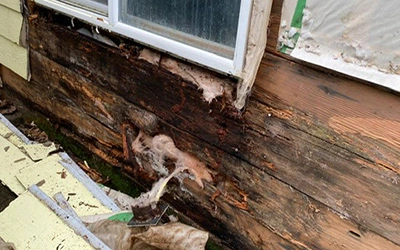
Keep Siding Damage at Bay
If you do run into any issues with siding damage, need a new siding installation or repair, want vertical or horizontal siding, and are located around the Portland metro area in Oregon, contact Sister Siding. Our professionals are experts at siding repair in the Pacific Northwest and will perform proper installations.
Pro Tip: When it comes to vinyl material, we can repair your siding, but most vinyl is being replaced with fiber cement for enhanced durability and quality purposes.

